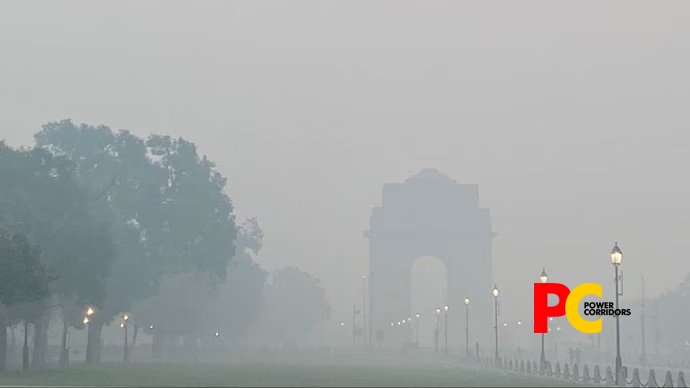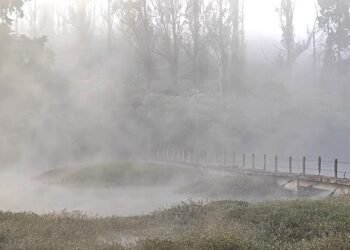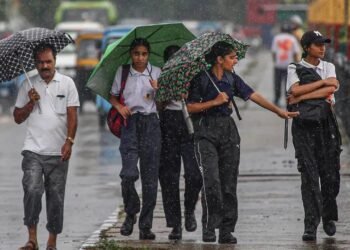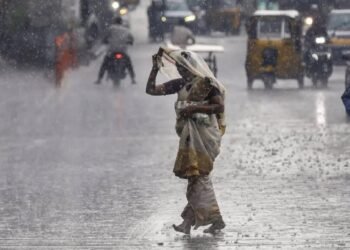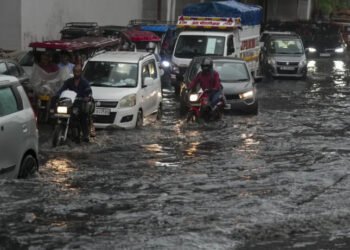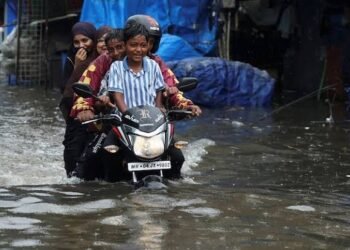The air quality in Delhi on Tuesday morning was still classified as “very poor”, a day after it had considerably worsened as a result of the city’s widespread use of firecrackers on Diwali night and the next day.
According to the Early Warning System for Delhi, the air quality is likely to be in the ‘severe’ category from Tuesday to Thursday.
The Central Pollution Control Board (CPCB) released data showing that at 9 a.m. on Tuesday, Delhi had an average AQI of 361. An AQI of 427 was recorded by the ITO station, 426 by the IGI Airport, and 398 by the Delhi University North Campus.
On Monday, the AQI at 4pm worsened to 358 (very poor), deteriorating further to 403 (severe) by 10pm.
The capital experienced the biggest increase in average pollution levels in the previous eight years between Diwali (Sunday) and the following day, with the average AQI rising by 140 points between Sunday (218 at 4pm) and Monday.
Tuesday morning’s most common pollutant remained to be PM 2.5. This demonstrates the effects of combustion sources- in this case, firecrackers, the possession, sale, and manufacturing of which were outlawed in the capital.
The city witnessed a partly cloudy sky and shallow-to-moderate fog on Tuesday morning. The minimum temperature on Tuesday was recorded at 12 degrees Celsius, a day after it dropped to the season’s lowest at 11.2 degrees Celsius. According to the IMD forecast, the maximum on Tuesday is likely to be 27 degrees Celsius.


